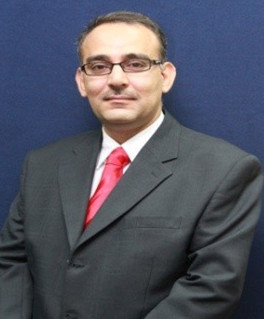Abstract—The converging-diverging nozzles play a significant role in a supersonic wind tunnel, where they draw air from a gas reservoir. Due to the back pressure conditions through the convergent section, air reaches sonic conditions at throat. These conditions lead this stream to flow further through the divergent section where the flow Mach number increases. Manipulating the determinative variables such as area ratio and back pressure, the obtained Mach number may be regulated. In this work a comprehensive simulation of a flow in a typical supersonic converging-diverging nozzle has been reported. In the respective nozzle, flow suddenly contracts at a certain point and then expands after throat. All the simulation endeavors have been carried out by ANSYS FLUENT® utilizing the mesh geometries previously and precisely accomplished in GAMBIT®. The simulations have been conducted in either 2D or 3D domains to provide better comparative platform. Also, the influence of the turbulence model, differentiation and computational grid to the solution has been studied. Furthermore, the numerical comparison between CFD modeling results and corresponding available measured data has been presented. The comparison analysis of the data demonstrates an accurate enough coordination between the experimental data and the simulation results, which is applied more to the 3D endeavors than 2Ds.
Index Terms—ANSYS FLUENT®, computational fluid dynamics, converging-diverging nozzle, numerical validation, turbulence models.
O. Joneydi Shariatzadeh is with the Department of Energy Technology, Lappeenranta University of Technology, Skinnarilankatu 34, 53850 Lappeenranta, Finland (e-mail: Omid.Joneydi@lut.fi,).
A. Abrishamkar is with the Department of Chemical Technology, Lappeenranta University of Technology, Skinnarilankatu 34, 53850 Lappeenranta, Finland (e-mail: Afshin.Abrishamkar@lut.fi).
A. Joneidi Jafari is with the Department of Energy Technology, School of Technology, Aalto University, PO Box 14400, FI-00076 Espoo, Finland. He is also with the Department of Energy Technology, Lappeenranta University of Technology, Skinnarilankatu 34, 53850 Lappeenranta, Finland (e-mail: Aliakbar.Joneidi.Jafari@lut.fi, Ali.Joneidi@aalto.fi).
[PDF]
Cite:Omid Joneydi Shariatzadeh, Afshin Abrishamkar, and Aliakbar Joneidi Jafari, "Computational Modeling of a Typical Supersonic Converging-Diverging Nozzle and Validation by Real Measured Data," Journal of Clean Energy Technologies vol. 3, no. 3, pp. 220-225, 2015.


